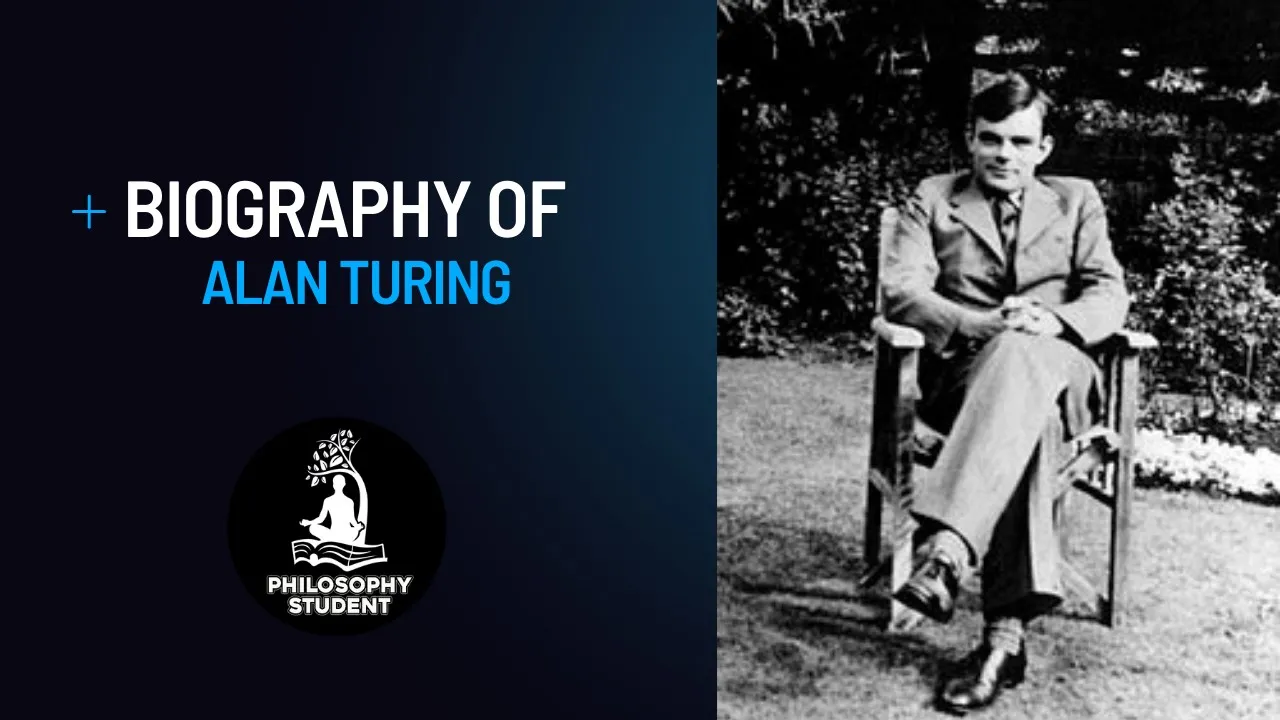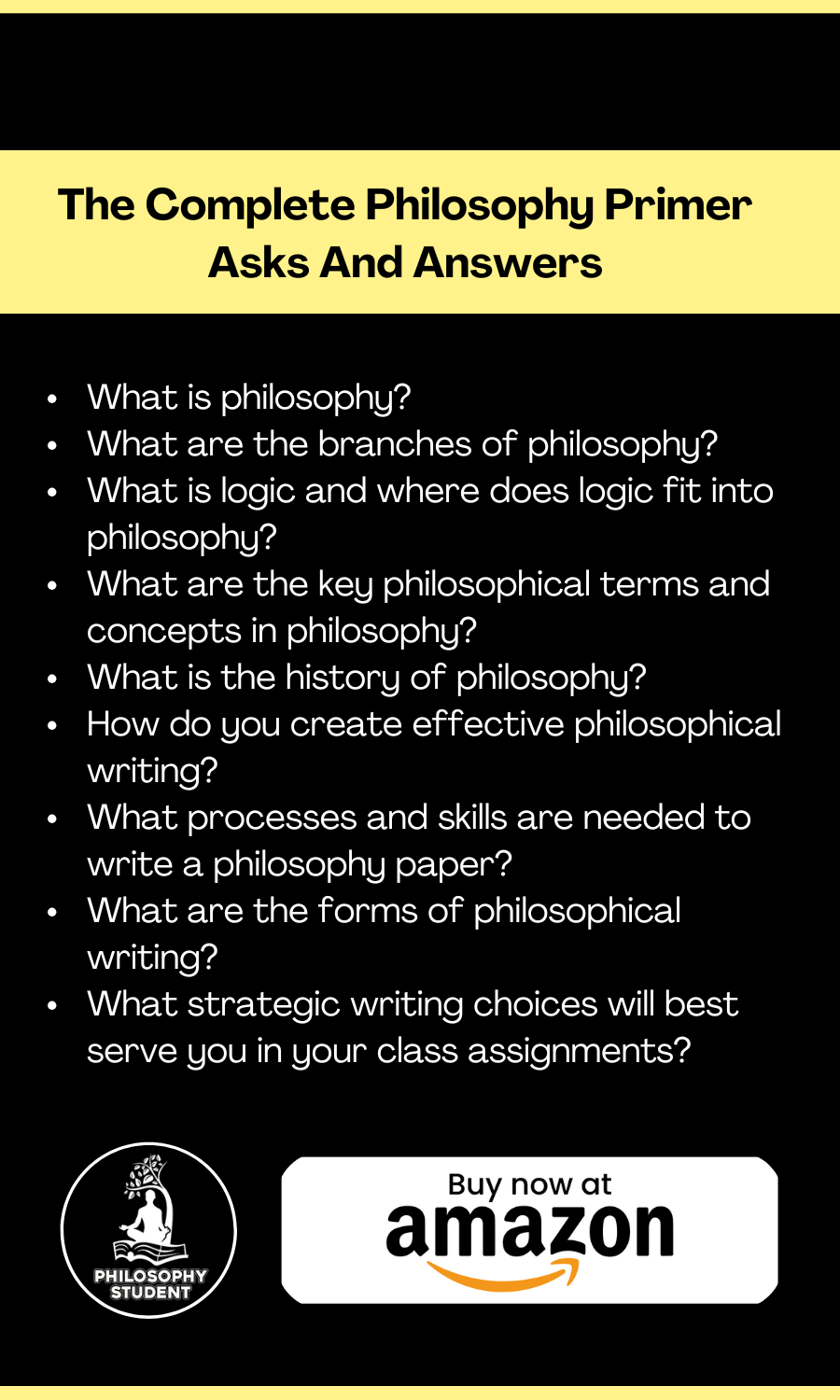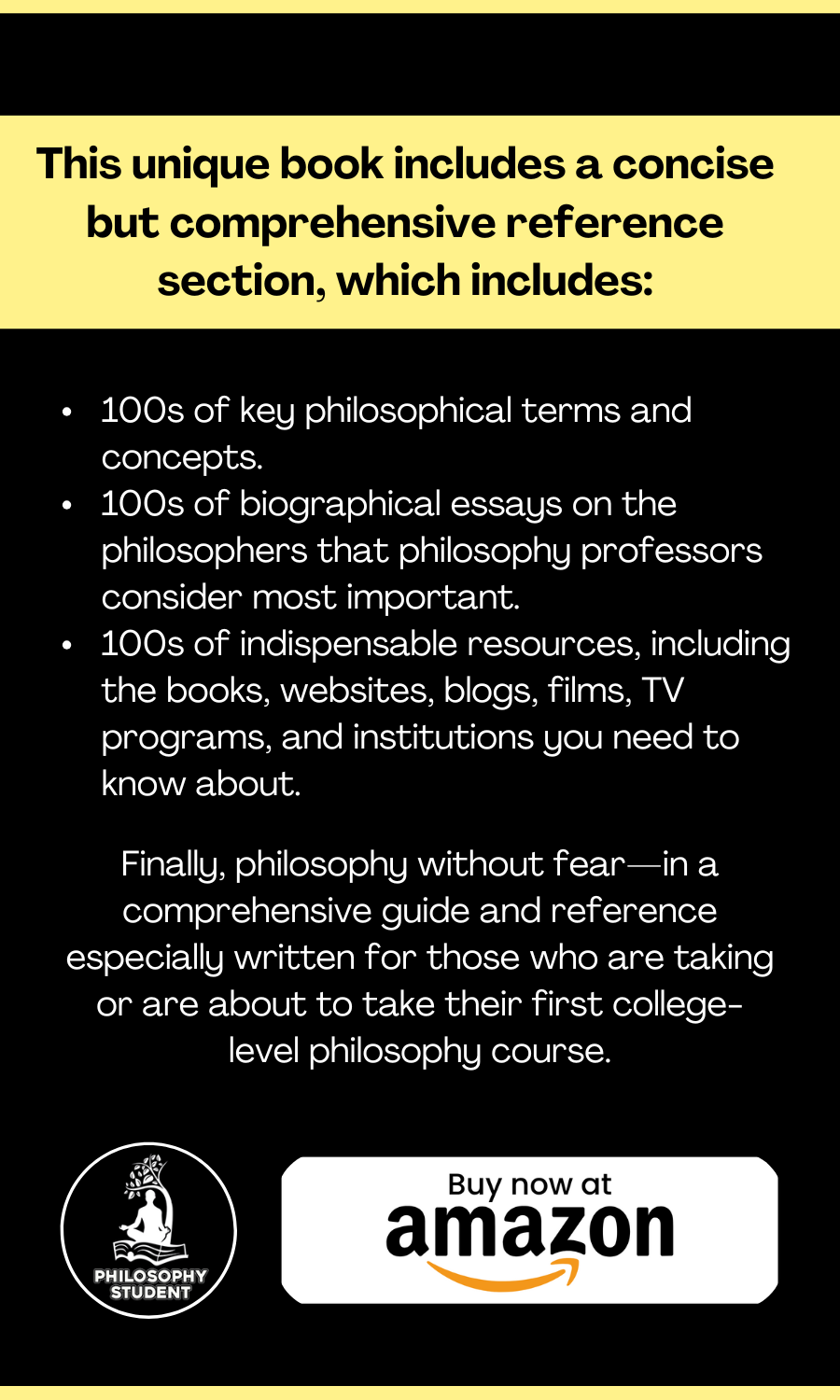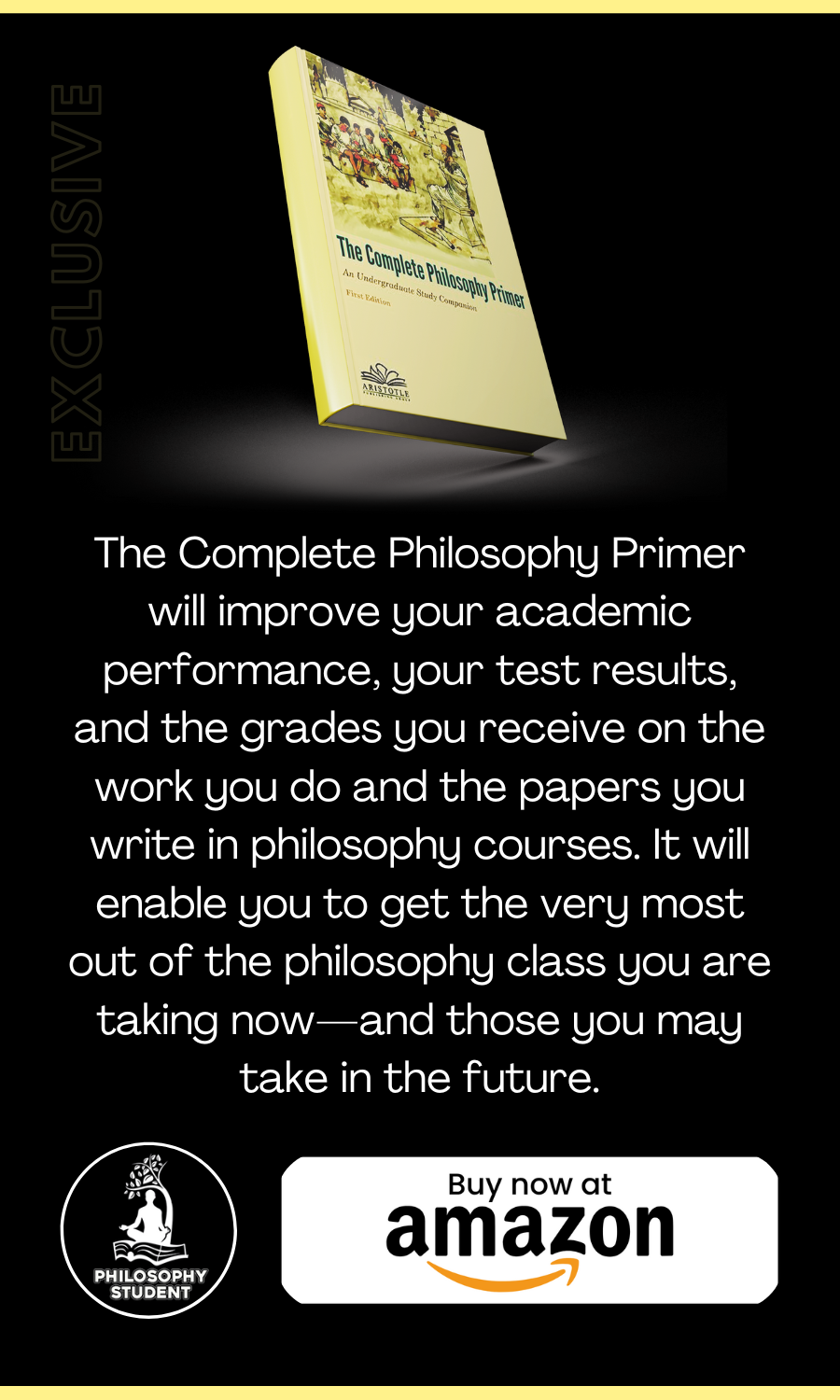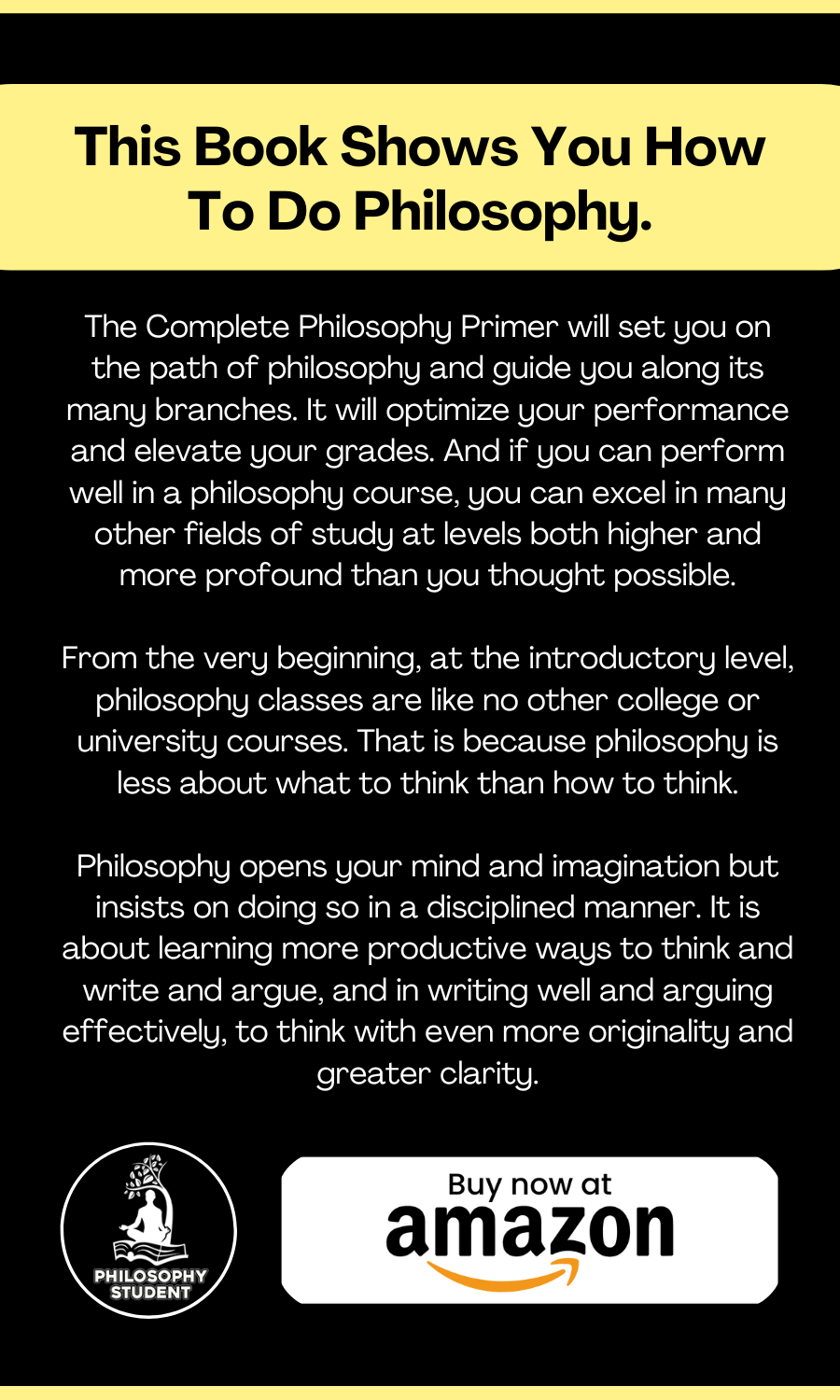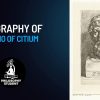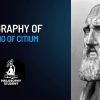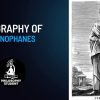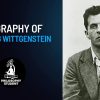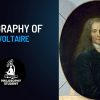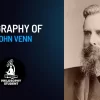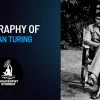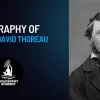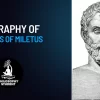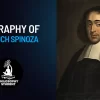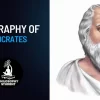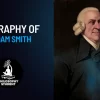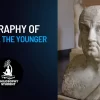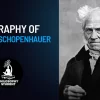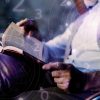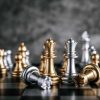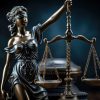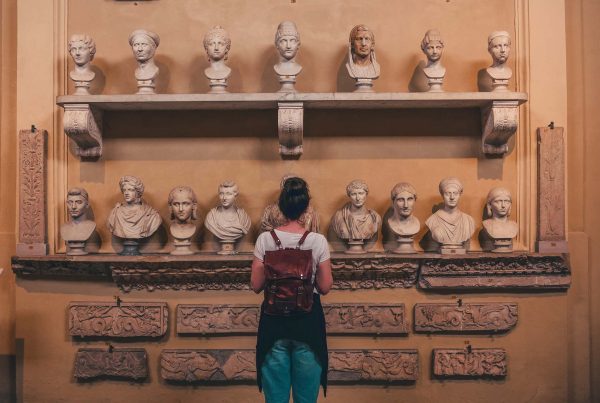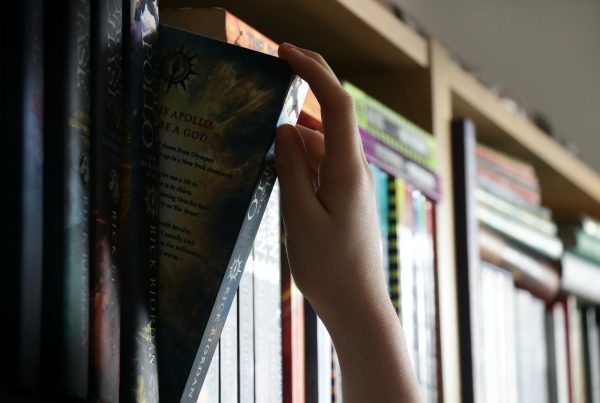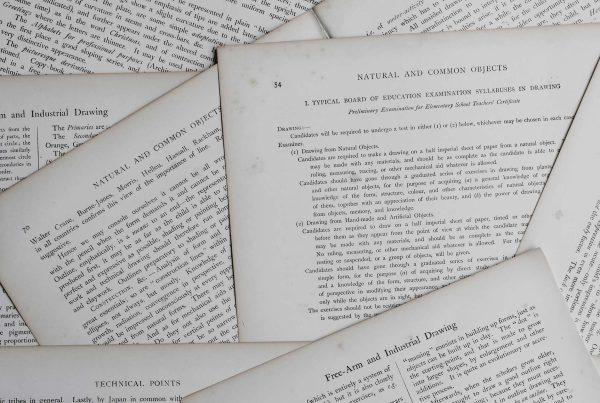Alan Mathison Turing framed the theory of modern computing with both his “Turing machine” thought experiment and his pioneering work on artificial intelligence. The paradigm-shifting technological impact of this work is apparent everywhere in modern civilization. In terms of metaphysics and the philosophy of mind, Turing explored and defined the border between human and artificial intelligence.
Turing was born on June 23, 1912, in London, the son of a civil servant in the Indian service. Enrolled at the age of six in St. Michael’s Day School, he was immediately recognized as a gifted student and attended Hazelhurst Preparatory School and Sherborne School, which positioned him for admission in 1931 to King’s College, Cambridge, from which he graduated in 1934 with first-class honors in mathematics.
In 1936, Turing published “On Computable Numbers, with an Application to the Entscheidungsproblem.” Posed by the German mathematician David Hilbert in 1928, the Entscheidungsproblem (“Decision Problem”) asked: Is there an algorithm that, when fed any statement in the language of first-order arithmetic, determines in a finite number of steps whether or not the statement is provable using the usual rules of first-order logic? In 1931, the mathematician Kurt Gödel presented a formal mathematical proof that no such algorithm exists; Turing reached the same answer, not through formal math, but by a thought experiment in which a hypothetical “universal computing machine” (what others later called a “Turing machine”) serves as a device capable of performing any mathematical computation that could be represented by an algorithm. He argued that such an imagined computer would be unable to answer the Entscheidungsproblem in the affirmative, but, more important, he demonstrated that it could perform any calculation capable of being represented by an algorithm.
Thus, Turing conceptualized a universal computer as a mathematical abstraction of an entity capable of reading from, writing on, and moving forward and backward an indefinite tape, thereby providing a model for computer-like procedures. The behavior of a Turing machine is specified by listing an alphabet (that is, a collection of symbols read and written), a set of internal states, and a mapping of an alphabet and internal states, all of which determine what the symbol written and the tape motion will be, and also what internal state will follow when the machine is in a given internal state and reads a given symbol. Later, in a 1948 essay, “Intelligent Machinery,” Turing provided a less abstract physical visualization of such a machine. It consisted of:
an unlimited memory capacity obtained in the form of an infinite tape marked out into squares, on each of which a symbol could be printed. At any moment there is one symbol in the machine; it is called the scanned symbol. The machine can alter the scanned symbol, and its behavior is in part determined by that symbol, but the symbols on the tape elsewhere do not affect the behavior of the machine. However, the tape can be moved back and forth through the machine, this being one of the elementary operations of the machine. Any symbol on the tape may therefore eventually have an innings [turn at bat, in cricket].
The physical components of the machine, as Turing imagined it in 1948, corresponded to the major components of any modern digital computer.
From 1936 to 1938, Turing studied at Princeton University under the American mathematician and philosopher Alonzo Church, who also addressed the Entscheidungsproblem, but did so mathematically. Princeton awarded Turing a Ph.D. in 1938. His dissertation, Systems of Logic Based on Ordinals, further developed the theoretical science behind computing by introducing the concept of relative computing, which carried computer theory beyond problems that could not be solved by Turing machines. While he was at Princeton, Turing also took the fateful step of studying the practical application of theoretical mathematics to cryptology, in the process actually constructing most of an electro mechanical binary multiplier, a device capable of multiplying binary (base 2) numbers. This was a practical implementation of the arithmetical basis of digital computing.
Turing returned to England and King’s College in 1938. At the outbreak of World War II in September 1939, he volunteered his services at the headquarters of the Government Code and Cipher School at Bletchley Park, Buckinghamshire. Working with an elite cryptography team, Turing broke the ciphers produced by the hitherto unbreakable German “Enigma” encryption and decryption machines. This gave the Allies an indispensable edge in World War II combat operations, especially on the waters of the North Atlantic While laboring to crack Enigma, Turing realized that the Germans had not considered one unique weakness of a machine-generated cipher, which is that, while impervious to human code breakers, it could be broken by another, properly programmed, machine. Drawing on his experience at Princeton, Turing supervised the design and construction of radically new codebreaking machines called Bombes. They were a series of early electro mechanical computers, which, by 1942, enabled British cryptanalysts to decode some 39,000 intercepted Enigma messages each month. Later in the war, this monthly volume rose to an astounding 84,000 messages. For his contribution to the British war effort, Turing was made an officer of the Order of the British Empire (OBE).
After the war, in 1945, Turing joined the National Physical Laboratory (NPL) and began to design a fully electronic computer. His design for the Automatic Computing Engine (ACE) was a nearly complete plan for an electronic stored-program general-purpose digital computer. But his superiors considered it unbuildable and Turing resigned from NPL to become deputy director of the Computing Machine Laboratory in Manchester. There he designed the programming system for the Mark I, the world’s first commercially available electronic digital computer.
Now a full-fledged philosopher of computer science, Turing published “Computing Machinery and Intelligence” while he was on the faculty of the University of Manchester in 1950.He considered the question “Can machines think?” Finding that “thinking” was a concept almost impossible to meaningfully define, he tried a less ambiguous question, asking if there are “imaginable digital computers” that could excel in the “Imitation Game.”
In this parlor game with three players, player A is a man, player B is a woman, and player C, the interrogator, may be of either sex. Player C cannot see players A or B and can communicate with them only through written notes. By asking questions of A and B, C tries to determine which is the man and which is the woman. Player A is assigned to trick the interrogator into making the wrong decision, while player B attempts to assist the interrogator in making the right one. In the end, Turing concluded that it is impossible to argue definitively against the proposition that machines can think. This “proof” is foundational to the philosophy, science, and technology of artificial intelligence (AI).
In 1951, Turing was made a fellow of the Royal Society, but less than a year later, he was arrested and tried on charges of homosexuality—then a crime under British law—and sentenced to a year of hormone therapy (“chemical castration”) in lieu of prison. In the depths of the Cold War, the British government also judged him to be a significant security risk, his homosexuality making him vulnerable to blackmail by Communist agents. He was stripped of government security clearances but allowed to retain his academic position at the University of Manchester as the institution’s first reader in the Theory of Computing. Made ill by the hormone treatments, he grew despondent. On June 7, 1954, he was found dead in his bed, the victim of cyanide poisoning. His death was ruled a suicide.

